Dry Oil – What Is It, How To Use, And Benefits
Bid adieu to oil residue because this lightweight oil is here to your rescue!
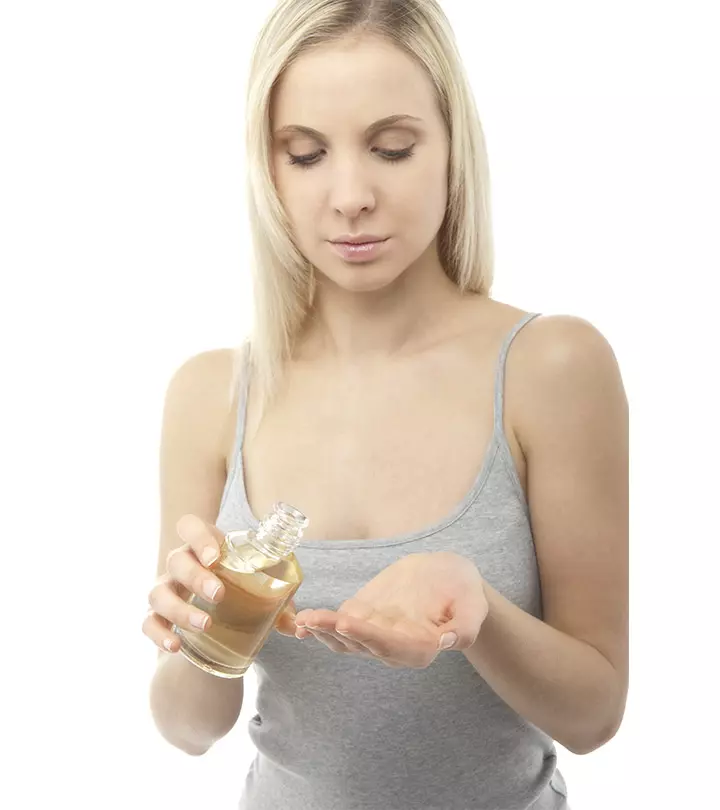
Image: Shutterstock
The word ’dry oil’ sounds like an oxymoron and might confuse you. Right? Well, it is named dry oil as it leaves a dry finish on the skin. It sinks in and removes all the oily residue if applied to the skin. Dry oil is different from wet oils. It is heavier than wet oils and has a very different chemical composition. In this article, we explain all about dry oil, how it is different from wet oils, and how you can use it most effectively. Keep scrolling!
In This Article
What Is Dry Oil? Why Use Dry Oils?
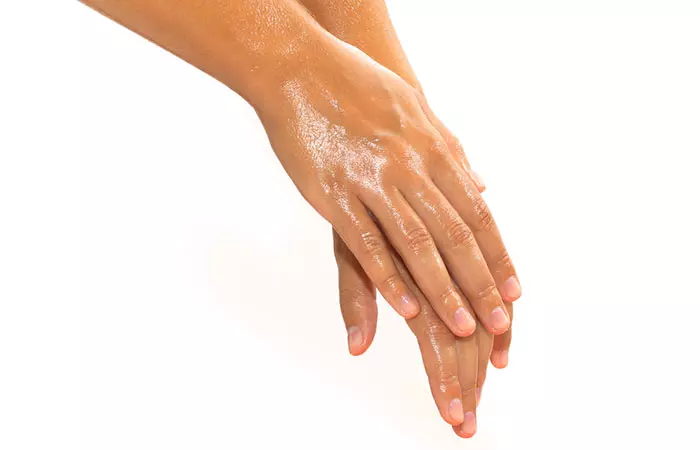
We have learned that liquid is wet and moisturizing. Then, how can oil be dry? The name “dry oil” is a misnomer. This is because the “dryness” is not a characteristic of the oil, but the finish the oil leaves on your skin. Dry oil sinks instantly in your skin and doesn’t leave any oily residue on it. You will not get the sticky and heavy feeling that you usually get with other oils. The term” dry oil” is relatively new but this concept is not – as it has been around since ages.
Aromatherapists and herbalists have been using dry oils for skincare and haircare purposes. According to beauty experts, dry oils contain high amounts of linoleic acid, a polyunsaturated fatty acidi A key element in natural skincare that acts as a building block for the skin’s natural barrier to keep it hydrated and healthy. – and that’s why these oils are incredibly lightweight, non-greasy, and get absorbed quickly. These oils get absorbed so quickly that after a few minutes of application, you won’t even feel that you have applied any oil to your skin!
Besides, dry oil may also help improve your skin health. Scroll down to learn more.

Key Takeaways
- Dry oils get absorbed fast and don’t leave an oily residue on your skin.
- These also are less greasy and lightweight.
- Common dry oils include sesame, sunflower, safflower, avocado, and grapeseed oils.
- You can use dry oils to moisturize your skin, boost hair shine, and strengthen your nails.
Benefits Of Dry Oil
There are several dry oils that offer different benefits to your skin and hair. Sunflower and avocado oils are rich in essential fatty acids that may help maintain skin integrity and improve hydration (1). Sunflower oil may also help reduce inflammation, strengthen the skin barrier, treat dermatitis, and improve lipid metabolism (2). These oils also help improve dry, damaged, and chapped skin. Sesame oil is also a dry oil that may fight oxidation, relieve joint and wound pains, reduce inflammation, and protect skin from UV radiation. Topical application of avocado oil may increase collagen production and decrease inflammation during wound healing (3).
Dry oil is often compared with wet oil, and the two have some important differences. Keep scrolling to find out.
Dry Oil Vs. Wet Oil: What’s The Difference?

Dry oil is:
- Less greasy
- Lightweight
- Less wet (doesn’t leave a wet feeling on your skin like regular oils)
Since dry oil is lighter, it is absorbed by your skin instantly. This type of oil is best suited for those with oily or acne prone skin. Dry oils come with all the benefits of oils minus the sticky feeling. They have amazing skin softening and nourishing effects, and that’s why dry oils are mostly used in creams and body lotions. Dry oils are perfect for those who want to lock in moisture without that greasy afterglow. If you have oily skin and dread regular oils, you are going to love dry oils!
Compared to dry oils, wet oils are heavy. Wet oils are absorbed into your skin at a slower rate and feel heavy. After you apply wet oil to your skin, you can feel the oil lingering on your skin surface for long. Wet oils are excellent for moisturizing your skin. These oils prevent transepidermal water loss (water loss through the epidermisi The outermost layer of skin that keeps it hydrated, protects the body from any harm, produces melanin, and determines skin color. ). That’s the reason wet oils are perfect for dehydrated and extremely dry skin. Since wet oils are heavier than dry oils, they are mainly used as a base for commercially available body oils and water-based skin products.
If you have skin issues, such as atopic dermatitisi A long-lasting skin condition commonly known as eczema that causes dry, red, inflamed, and itchy patches on the skin. , eczema, and psoriasisi A chronic autoimmune skin condition that causes itchy, scaly, and inflamed rashes, mainly on the knees, elbows, trunk, and scalp. , wet oils are perfect for you. Some of the common wet oils include: castor oil, coconut oil, apricot kernel oil, sweet almond oil, jojoba oil, neem oil, hemp seed oil, tamanu oil, and baobab oil.
Like wet oils, dry oils also contain moisturizing properties that keep your skin hydrated. But then, which oils are considered dry oils? Find out in the next section.
Which Oils Are Considered Dry Oils?
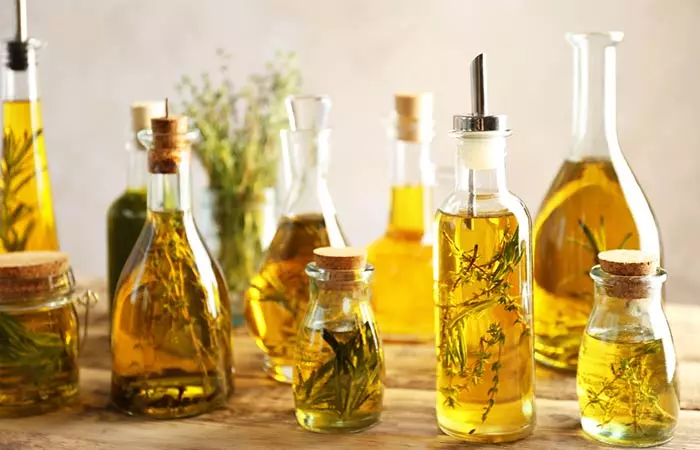
The most common and widely used natural and organic dry oils include:
- Rosehip seed oil
- Sesame oil
- Safflower oil
- Sunflower oil
- Evening primrose oil
- Grapeseed oil
- Camelina oil
- Avocado oil
- Borage oil
 Fun Fact
Fun FactAll these dry oils are also used as carrier oils for essential oils and for facial skin care, moisturizing your body, and improving the health of your hair, nails, and cuticles. Using these carrier oils for the skin can enhance hydration and nourishment.
Interested to know how you can add dry oils to your skin care routine? Scroll down.
How To Use Dry Oils Effectively
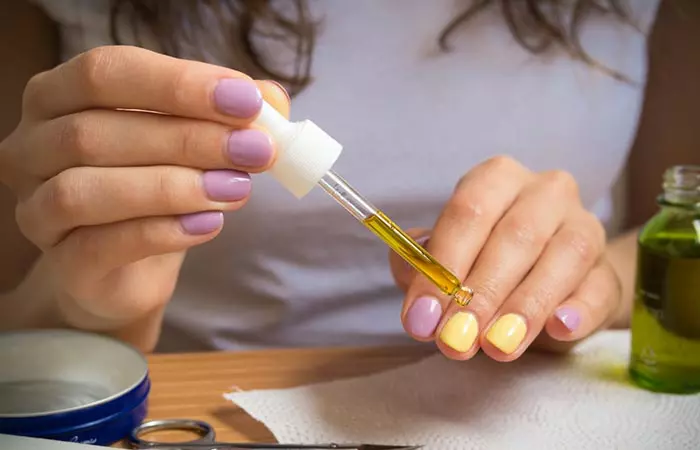
You can use dry oils for your nails, body, and hair.
- For Your Skin
To ensure your skin gets the maximum benefits, you can apply dry oil right after you take a shower.
When these oils are applied to clean skin, they help lock in moisture and give a smooth finish to your skin without making it look or feel oily. If you have sensitive skin, choose dry oils labeled hypoallergenic and free from fragrances to minimize the risk of irritation. Also, always start with a patch test on a small area of your skin before applying it more broadly. This ensures your skin stays calm and reaps the benefits of the oil without any unwanted reactions.
 Quick Tip
Quick Tip- For Your Hair
If you have frizzy hair, any of these dry oils can be used as a hair oil to help tame frizz and make your hair shine without weighing
it down. If you want to control your frizzy hair, apply the oil on damp hair. And if you want to add shine to it, use it as a finisher on your hair (just the way you apply a hair serum). You can even apply it to your scalp as part of an overnight treatment and wash your hair the next day.
- For The Nails and Cuticles
Use it just the way you use a cuticle cream. Take a few drops and massage on your nails and cuticles. Let your cuticles soak all the goodness of the oil. This helps to condition your cuticles and strengthen the nails. You may wash your nails after about 20 to 30 minutes.
Dry oils are extremely soothing and usually do not cause any breakouts or skin irritation. Hence, they can be used throughout the summer months. If you think you can ditch the heavy body creams and wet oils, here are a few commercially available dry oils you can try.
Note: Most of the commercially available dry oils with the label of “dry oil” actually combine both dry and wet oils. This is done to maximize the therapeutic benefits of the oil.
Infographic: Side Effects Of Dry Oil
Dry oils are typically safe to use topically and have very few major side effects. However, like with any new product you put on your skin, an oil can cause an adverse reaction. Applying a new oil to a tiny portion of your skin and waiting 24 hours to see how your skin reacts to it is recommended before using it for the first time. This will help you determine whether you are allergic to the oil.
An allergic reaction can have the side effects listed in the infographic below. Check it out!
Some thing wrong with infographic shortcode. please verify shortcode syntax
Dry oils are lightweight, fast-absorbing, and are an excellent alternative to the heavy moisturizers and creams you use. You may buy commercially available dry oils from the market or get pure dry oil and use it at your convenience. They smell amazing, feel excellent on the skin, and do not cause greasiness. Moreover, they are multipurpose, and you can apply dry oils to your hair and nail cuticles. So, if you are tired of the sticky creams and moisturizers and want something hydrating and lightweight, try dry oils. We are sure your skin will love them. Though these dry oils are generally safe for topical use, those with sensitive skin should be careful. Opt for a dry oil that is fragrance-free, paraben-free, and cruelty-free to avoid any reactions to preservatives or fragrances.
Frequently Asked Questions
Can dry oils be used with other skincare products?
Yes, you can combine dry oils with other skincare products. They are versatile and can be layered under your moisturizer or mixed with serums to boost hydration. Their lightweight nature ensures your skin doesn’t feel greasy but absorbs all the goodness of the skincare products thoroughly.
Is castor oil a dry oil?
No, castor oil is not a dry oil. It is a wet oil.
Can you massage with dry oil?
Yes, dry oil can be used as a body oil. You can apply a few drops of oil after taking a shower and massage it into the skin.
Does dry oil protect from the sun?
Yes, dry oil can protect the skin from the sun and has anti-aging properties. Dry oil like rosehip oil helps fight against photoagingi Premature aging, hyperpigmentation, and other skin concerns caused due to frequent UVA and UVB exposure to the sun. and prevents sun damage (4).
Illustration: Dry Oil - What Is It, How To Use, And Benefits
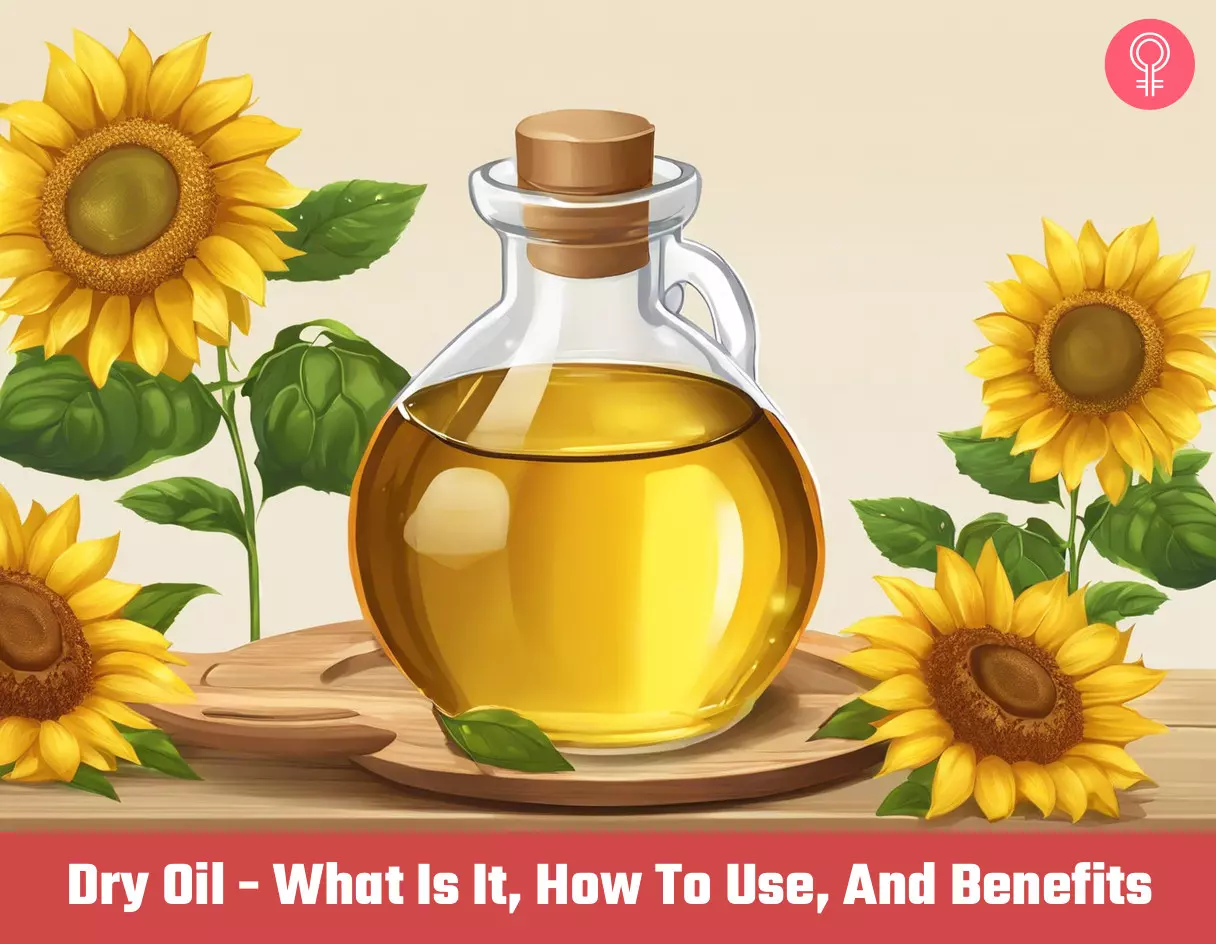
Image: Stable Diffusion/StyleCraze Design Team
Dry oil is a lightweight oil that absorbs quickly into the skin, leaving it feeling soft and hydrated without a greasy residue. Check out the video given below to know more about the ingredient and how to incorporate it into your skincare regimen.
References
Articles on StyleCraze are backed by verified information from peer-reviewed and academic research papers, reputed organizations, research institutions, and medical associations to ensure accuracy and relevance. Read our editorial policy to learn more.
- Effect of olive and sunflower seed oil on the adult skin barrier: implications for neonatal skin care
https://pubmed.ncbi.nlm.nih.gov/22995032/ - The benefits of sunflower oleodistillate (SOD) in pediatric dermatology
https://pubmed.ncbi.nlm.nih.gov/20199440/ - Anti-Inflammatory and Skin Barrier Repair Effects of Topical Application of Some Plant Oils
https://www.ncbi.nlm.nih.gov/pmc/articles/PMC5796020/ - Therapeutic Applications of Rose Hips from Different Rosa Species
https://www.ncbi.nlm.nih.gov/pmc/articles/PMC5485961/
Read full bio of Dr. Vindhya L Veerula
Read full bio of Ramona Sinha
Read full bio of Eshna Das
Read full bio of Shiboli Chakraborti







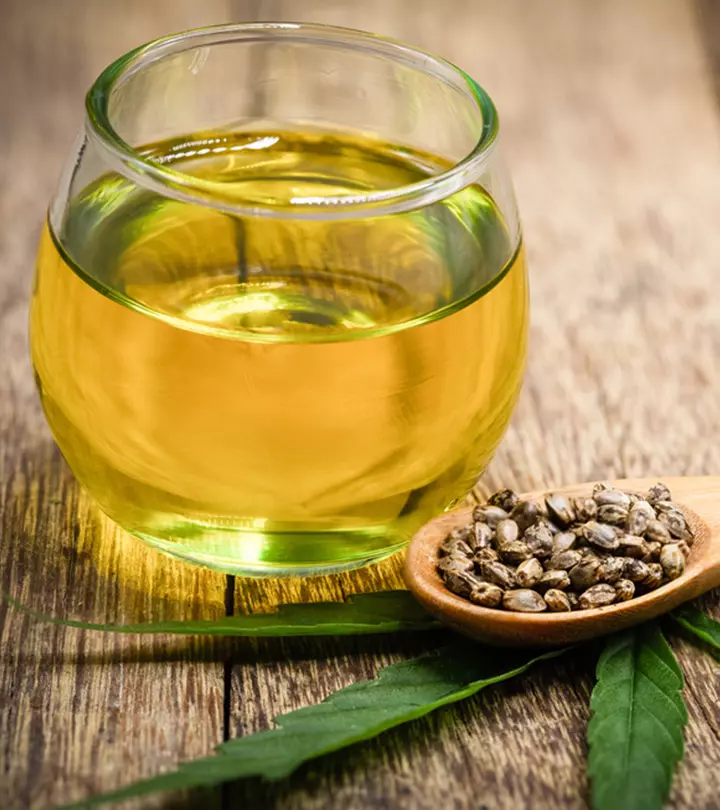
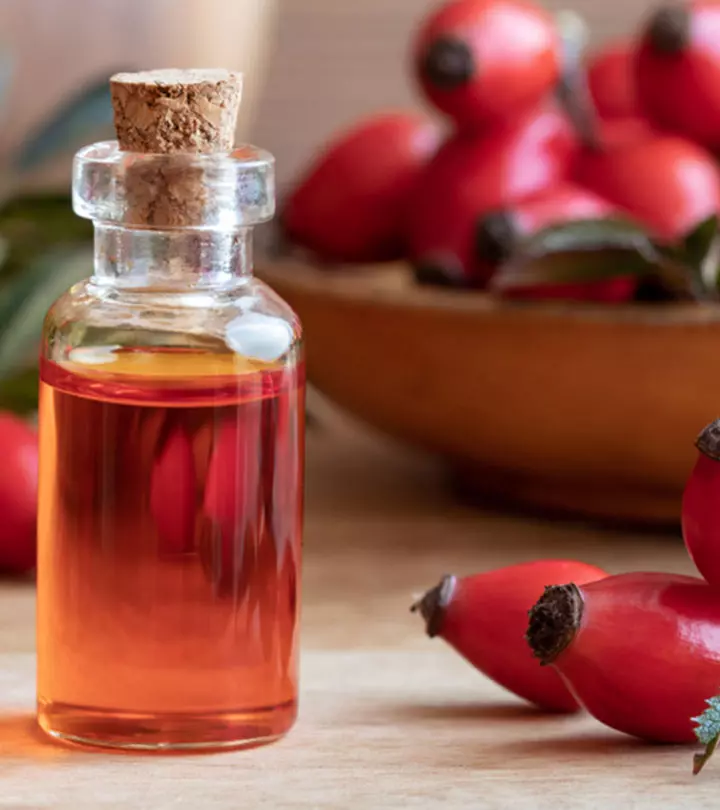
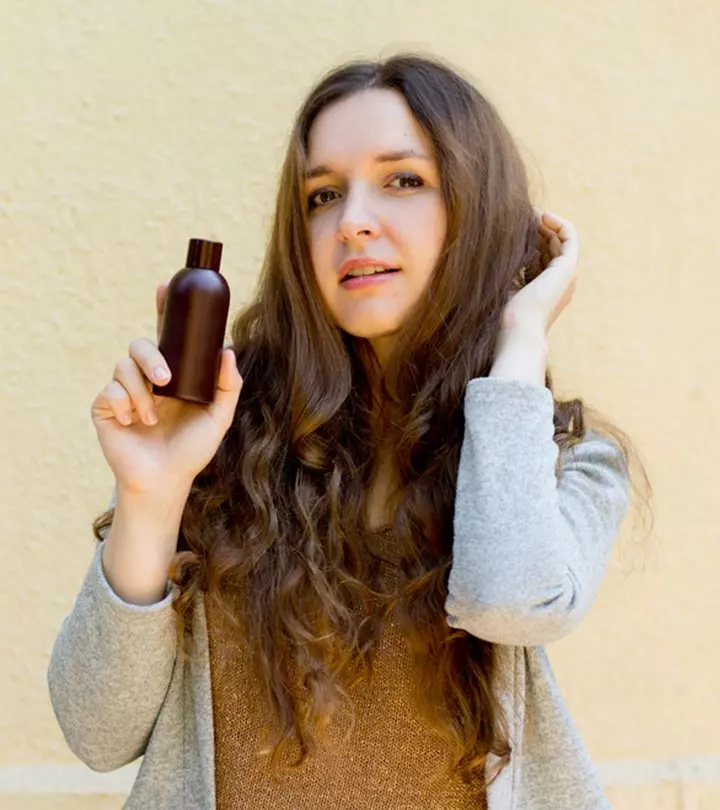


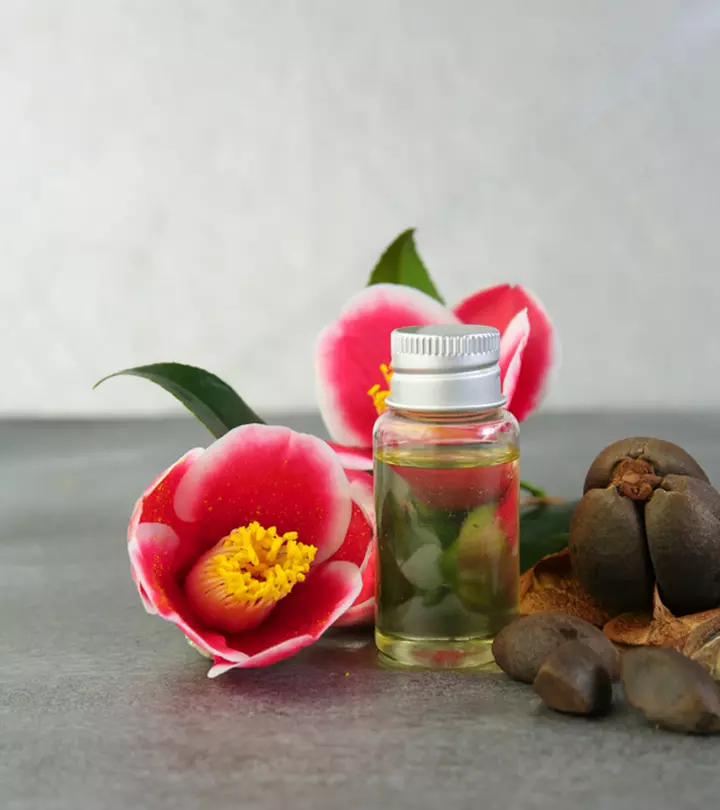
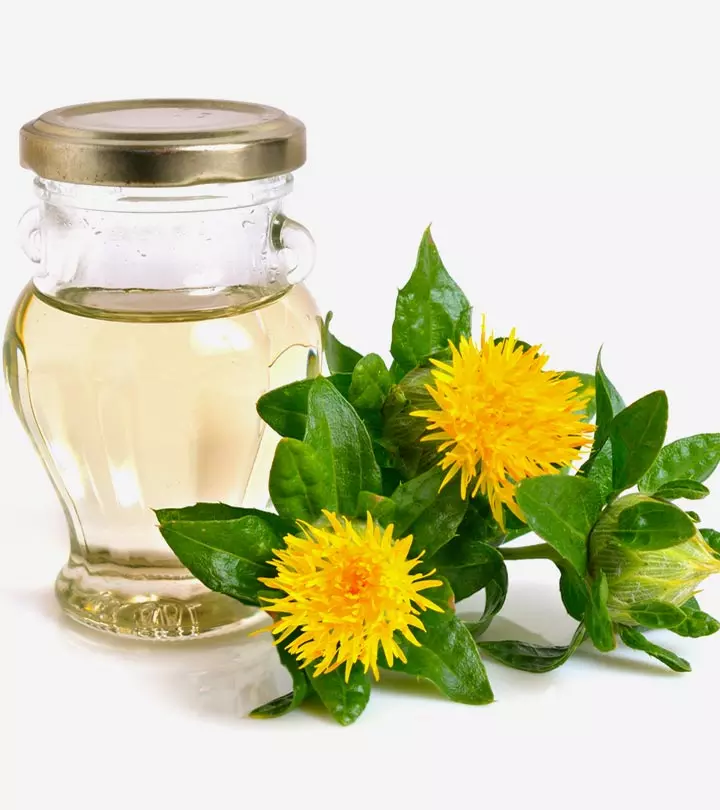
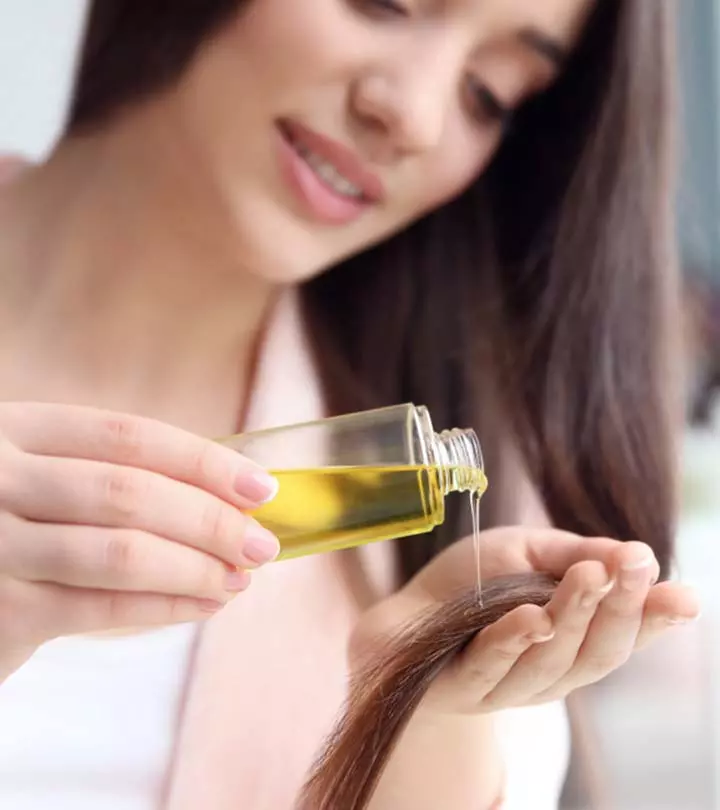
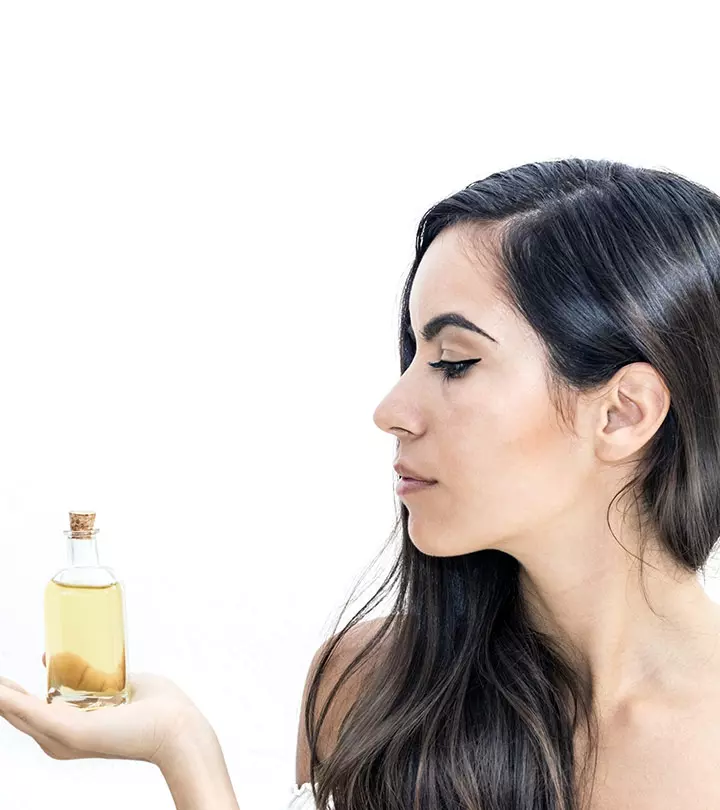


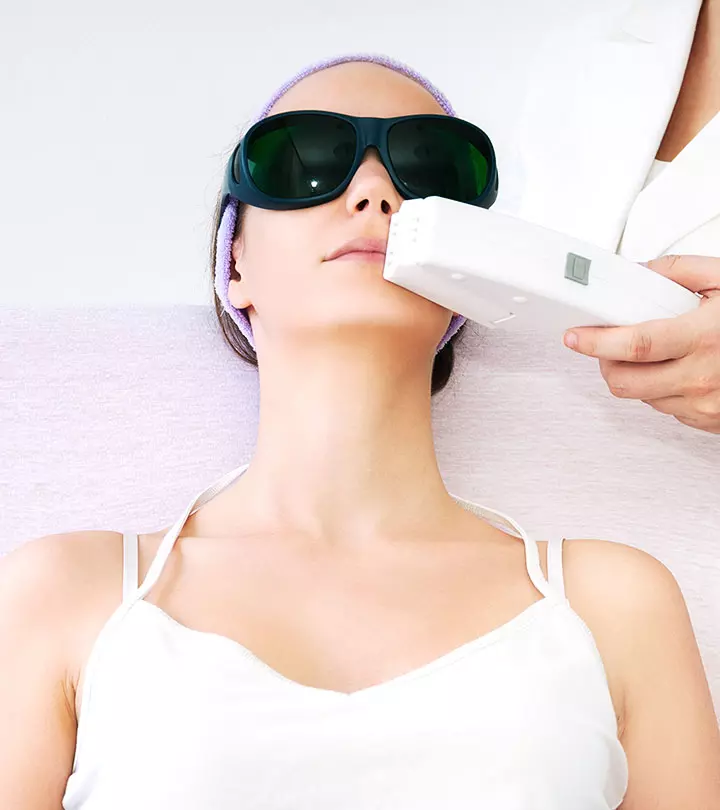
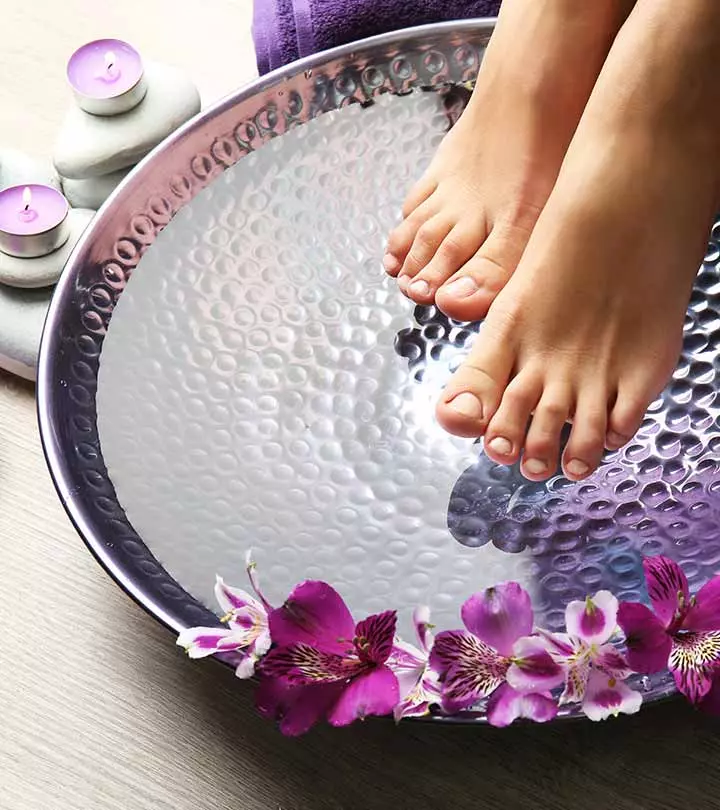
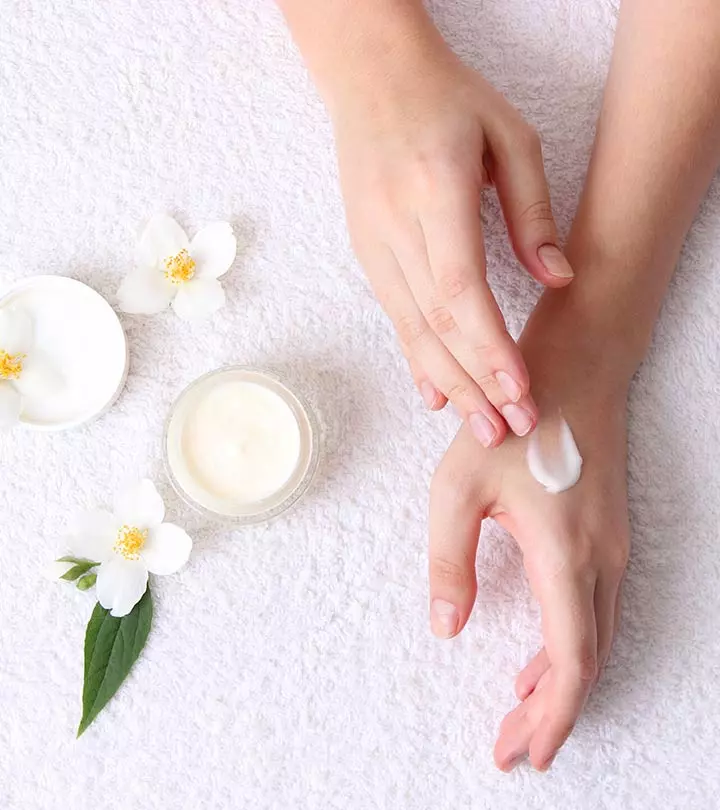
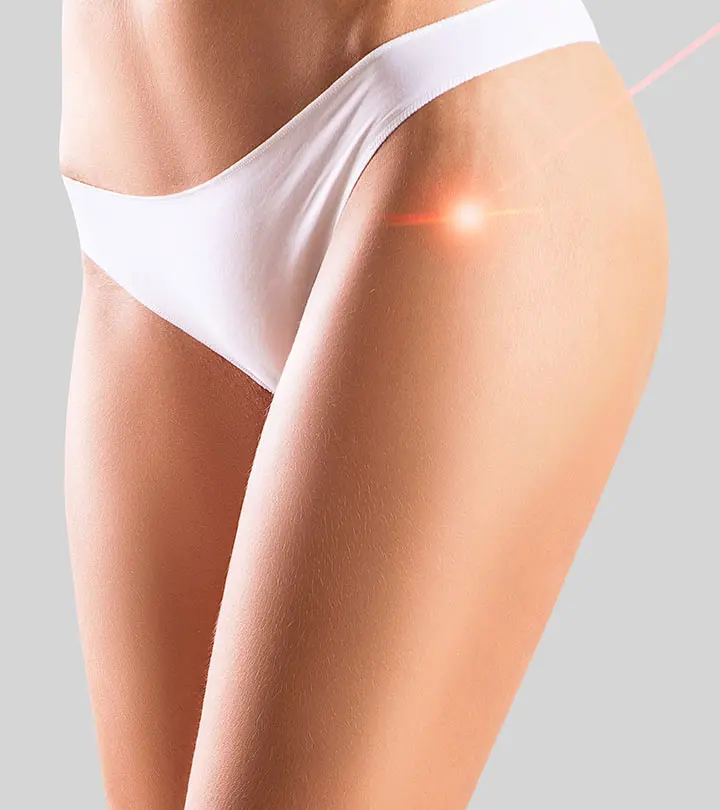

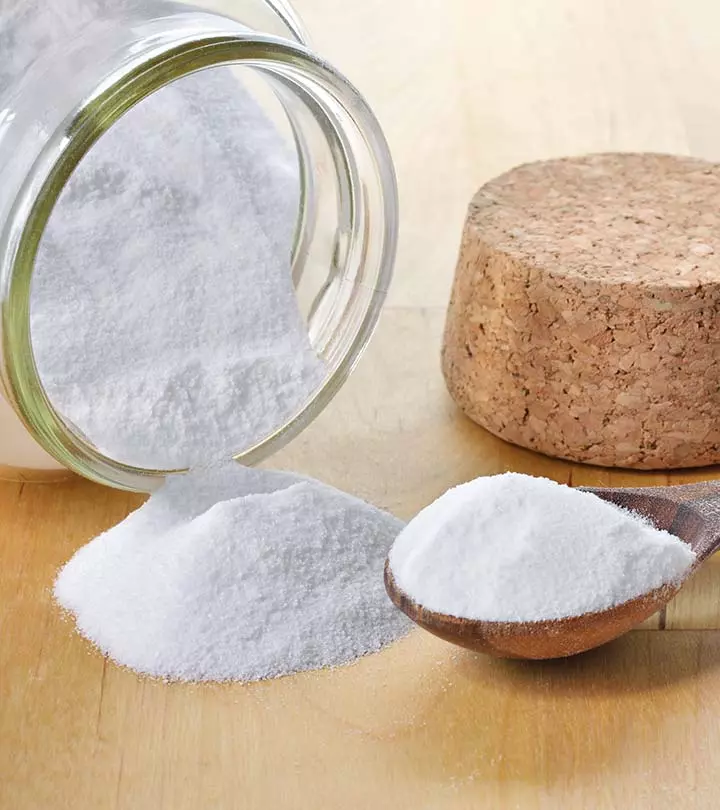
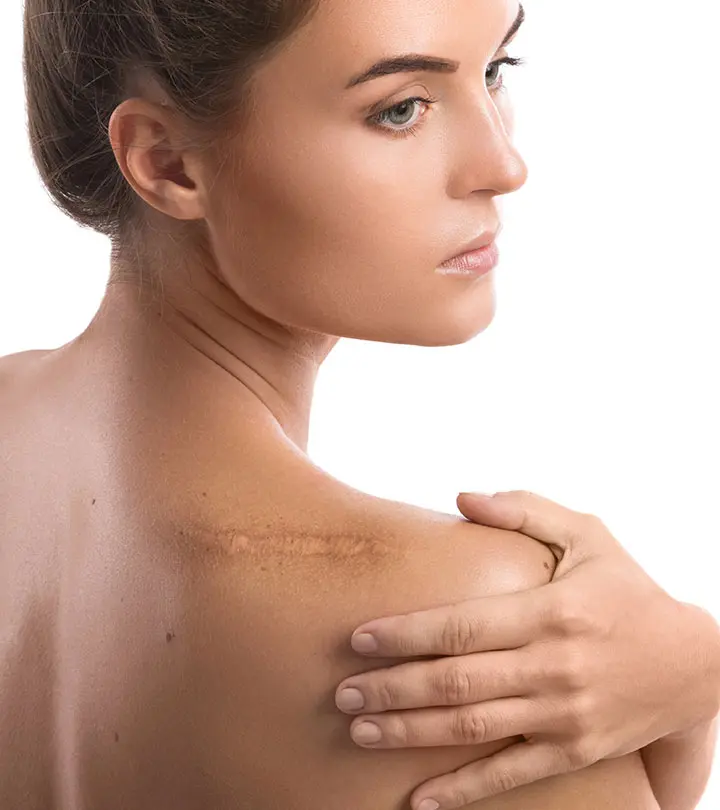



Community Experiences
Join the conversation and become a part of our empowering community! Share your stories, experiences, and insights to connect with other beauty, lifestyle, and health enthusiasts.